The Metal Cleaning Chemicals Market is currently characterized by a dynamic competitive landscape, driven by increasing industrialization and stringent environmental regulations. Key players are actively engaging in strategies that emphasize innovation, sustainability, and regional expansion. For instance, BASF SE (DE) has been focusing on developing eco-friendly cleaning solutions, which aligns with the growing demand for sustainable products. Ecolab Inc (US) is enhancing its market position through digital transformation initiatives, leveraging technology to optimize cleaning processes and improve customer engagement. These strategies collectively shape a competitive environment that is increasingly focused on meeting regulatory standards while addressing customer needs for efficiency and sustainability.
In terms of business tactics, companies are localizing manufacturing to reduce lead times and enhance supply chain resilience. The market structure appears moderately fragmented, with several players vying for market share. However, the influence of major companies like Henkel AG & Co KGaA (DE) and Solvay SA (BE) is notable, as they continue to innovate and expand their product offerings. This competitive structure allows for a diverse range of solutions, catering to various industrial applications while fostering healthy competition among key players.
In August 2025, Henkel AG & Co KGaA (DE) announced the launch of a new line of biodegradable metal cleaning agents, which underscores its commitment to sustainability. This strategic move not only enhances Henkel's product portfolio but also positions the company as a leader in environmentally friendly solutions, potentially attracting a broader customer base concerned with ecological impacts. The introduction of these products may also compel competitors to accelerate their own sustainability initiatives, thereby reshaping market dynamics.
In September 2025, Ecolab Inc (US) unveiled a cutting-edge digital platform designed to streamline metal cleaning processes for industrial clients. This platform integrates AI and machine learning to provide real-time monitoring and optimization of cleaning operations. The strategic importance of this development lies in its potential to significantly enhance operational efficiency for clients, thereby solidifying Ecolab's reputation as an innovator in the sector. Such advancements may also set new benchmarks for service quality and operational standards across the industry.
In July 2025, Solvay SA (BE) entered into a strategic partnership with a leading automotive manufacturer to develop specialized cleaning solutions tailored for electric vehicle components. This collaboration highlights Solvay's proactive approach to addressing the evolving needs of the automotive sector, particularly as it shifts towards electrification. By aligning its product development with industry trends, Solvay not only strengthens its market position but also demonstrates its adaptability in a rapidly changing landscape.
As of October 2025, current competitive trends in the Metal Cleaning Chemicals Market are increasingly defined by digitalization, sustainability, and the integration of advanced technologies such as AI. Strategic alliances are becoming more prevalent, as companies recognize the value of collaboration in enhancing innovation and market reach. Looking ahead, competitive differentiation is likely to evolve from traditional price-based competition to a focus on technological advancements, sustainable practices, and supply chain reliability. This shift may redefine how companies position themselves in the market, emphasizing the importance of innovation and customer-centric solutions.
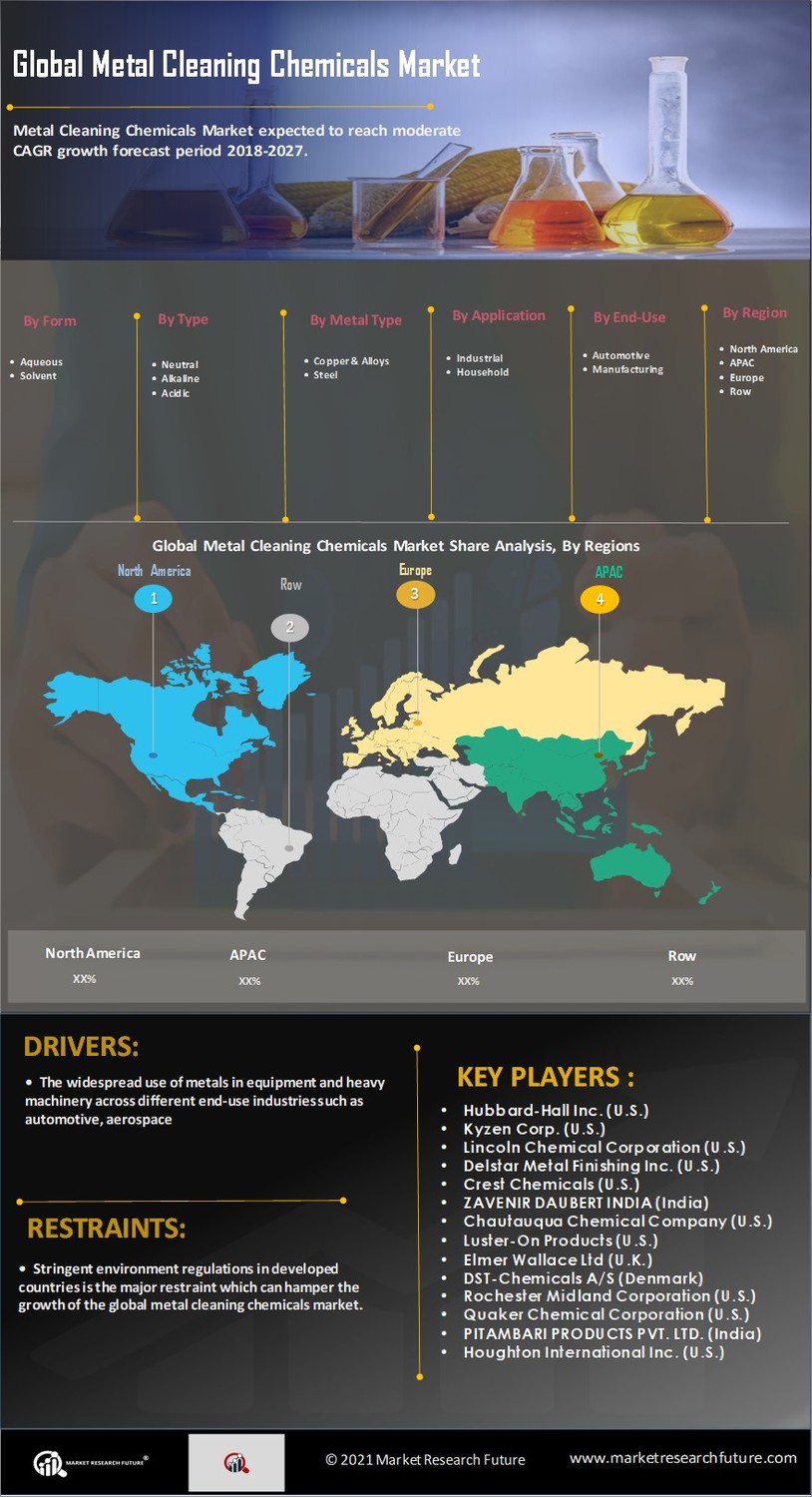

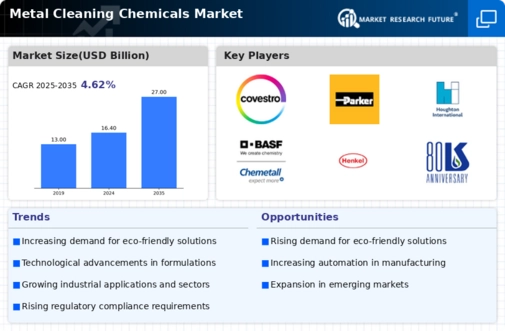
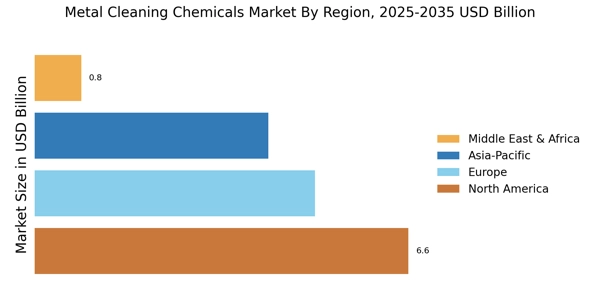

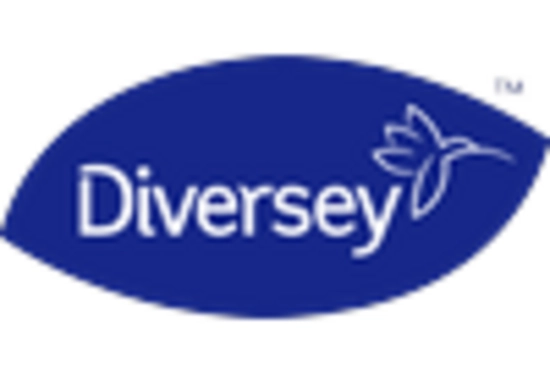
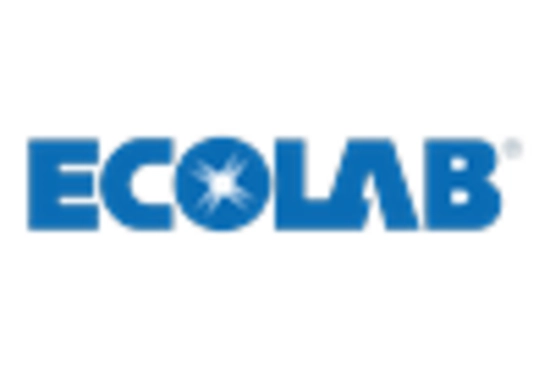
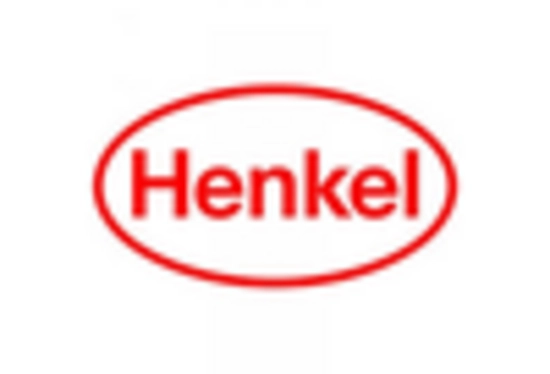










Leave a Comment